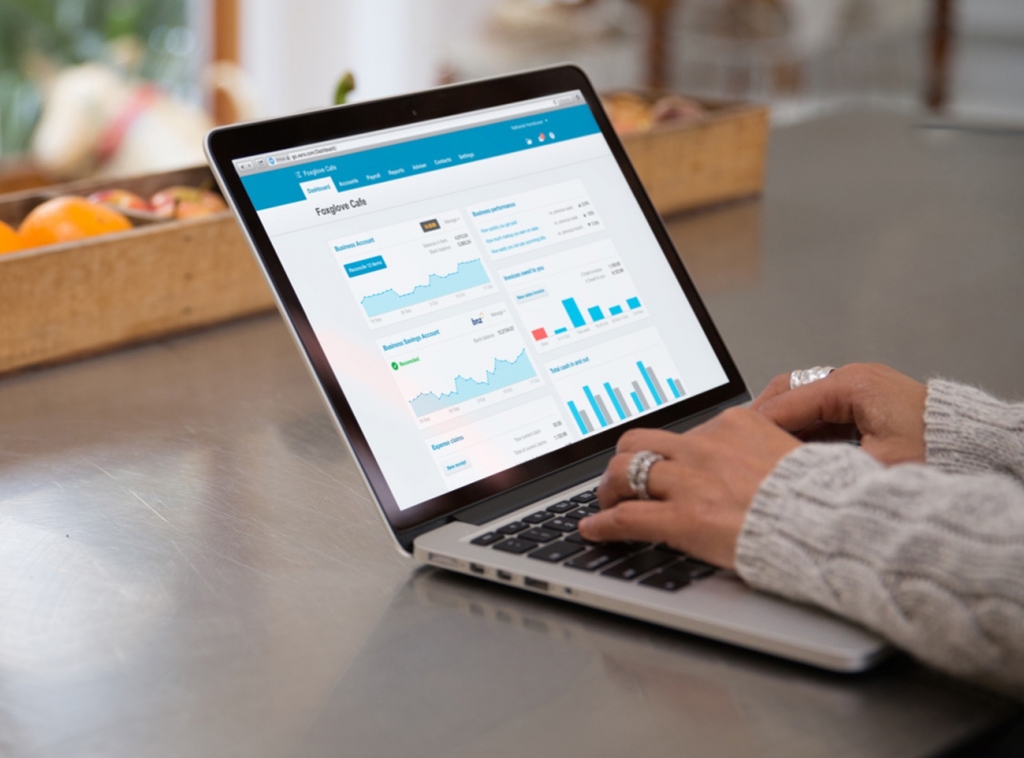You can claim a deduction for the cost of buying and cleaning occupation-specific clothing, protective clothing and unique, distinctive uniforms.
To make a deduction you may need to have written evidence that you purchased the clothing and diary records or written evidence of your cleaning costs.
If you received an allowance from your employer for clothing, uniforms, laundry or dry-cleaning, this amount must be declared as a taxable allowance on your tax return.

You can claim for clothing that is specific to your occupation, is not every day in nature and allows the public to easily recognise your occupation – such as the checked pants a chef wears.
You can’t claim the cost of purchasing or cleaning clothes you bought to wear for work that are not specific to your occupation, such as a bartender’s black trousers and white shirt, or a suit.
You can claim for clothing and footwear that you wear to protect yourself from the risk of illness or injury posed by your income-earning activities or the environment in which you are required to carry them out. To be considered protective, the items must provide a sufficient degree of protection against that risk.
Protective clothing includes:
Ordinary clothes (such as jeans, drill shirts, shorts, trousers, socks, closed shoes) are not regarded as protective clothing if they lack protective qualities designed for the risks of your work.
You can’t claim the cost of purchasing or cleaning ordinary clothes you wear for work that may also protect you. For example, you can’t claim for normal, closed shoes, even though you wear them to protect your feet.
You can claim for a uniform, either compulsory or non-compulsory, that is unique and distinctive to the organisation you work for.
Clothing is unique if it has been designed and made only for the employer. Clothing is distinctive if it has the employer’s logo permanently attached and the clothing is not available to the public.
You can’t claim the cost of purchasing or cleaning a plain uniform.

This is a set of clothing that identifies you as an employee of an organisation with a strictly enforced policy that makes it compulsory for you to wear the uniform while you’re at work.
You may be able to claim a deduction for shoes, socks and stockings where they are an essential part of a distinctive compulsory uniform and where their characteristics (colour, style and type) are specified in your employer’s uniform policy.
You may be able to claim for a single item of distinctive clothing, such as a jumper, if it’s compulsory for you to wear it at work.
You can’t claim expenses incurred for non-compulsory work uniforms unless your employer has registered the design with AusIndustry.
Shoes, socks and stockings can never form part of a non-compulsory work uniform, and neither can a single item such as a jumper.

You can claim the costs of washing, drying and ironing eligible work clothes, or having them dry-cleaned.
You must have written evidence, such as diary entries and receipts, for your laundry expenses if both:
If you don’t need to provide written evidence for your laundry expenses, you may use a reasonable basis to work out your claim. For washing, drying and ironing you do yourself, the ATO consider that a reasonable basis for working out your laundry claim is:
Article adapted from URL: https://www.ato.gov.au/Individuals/Income-and-deductions/Deductions-you-can-claim/Clothing,-laundry-and-dry-cleaning-expenses/ Sighted: 24 August 2015
Disclaimer: The information contained in this article is general in nature without taking into account any particular person’s situation. You should consider whether the information is appropriate to your situation and it should not be relied upon as a substitute for specific professional advice.
To discuss your specific requirements please contact iCompass on 1300 554 948 Get in touch, we’ll be delighted to help!


Copyright 2025 iCompass | All Rights Reserved | Sitemap | Privacy | Terms of Engagement| Rights & Obligations with Tax